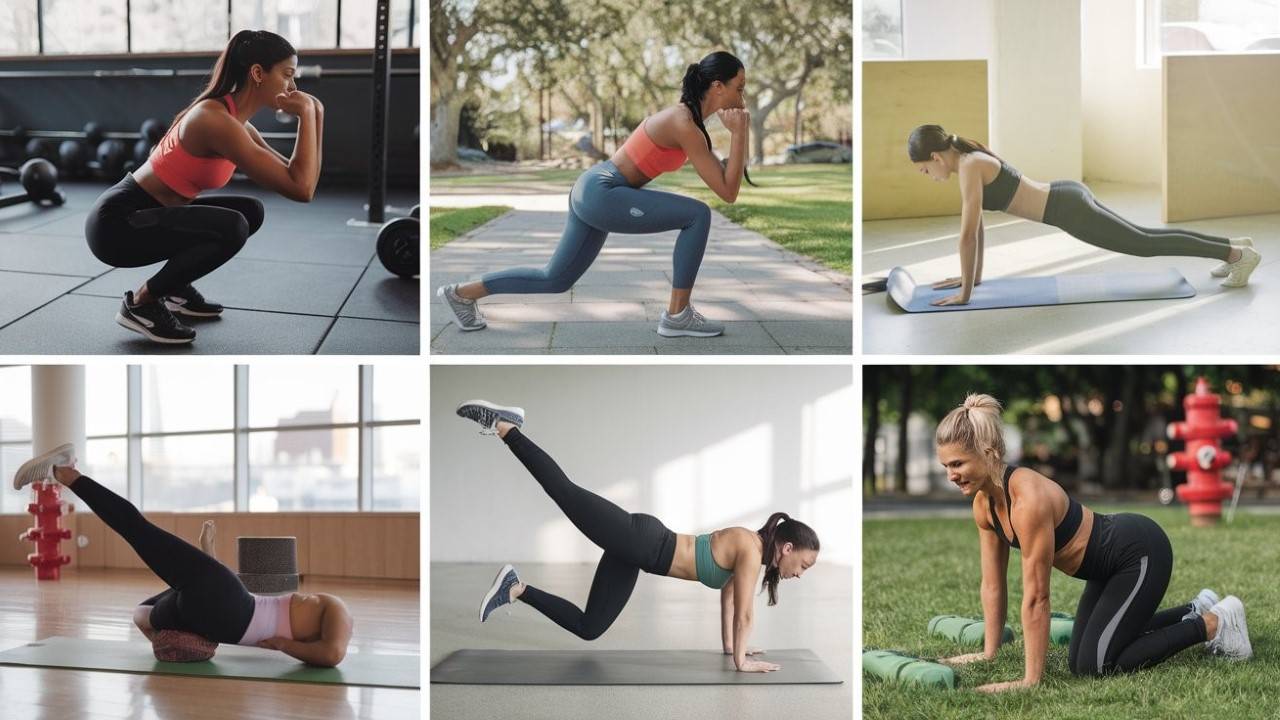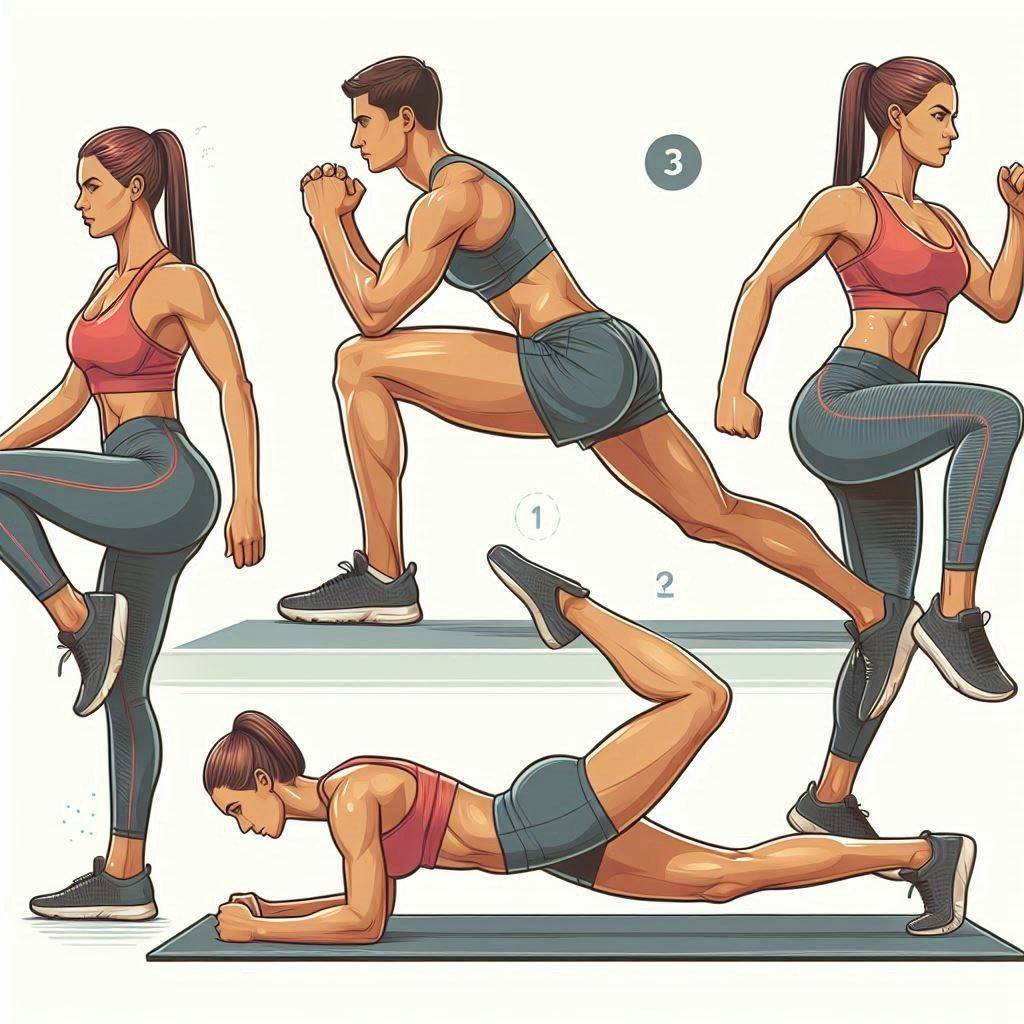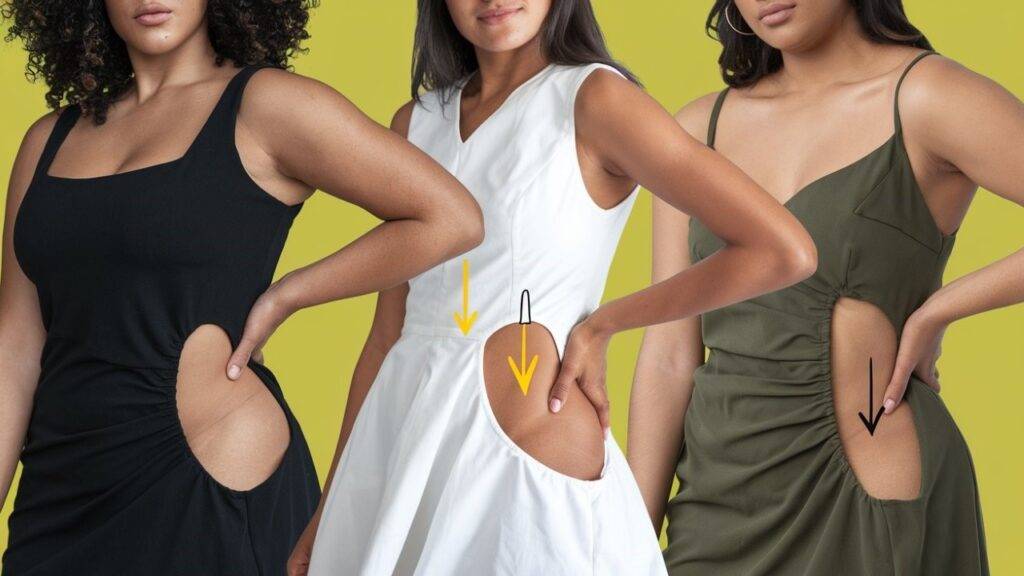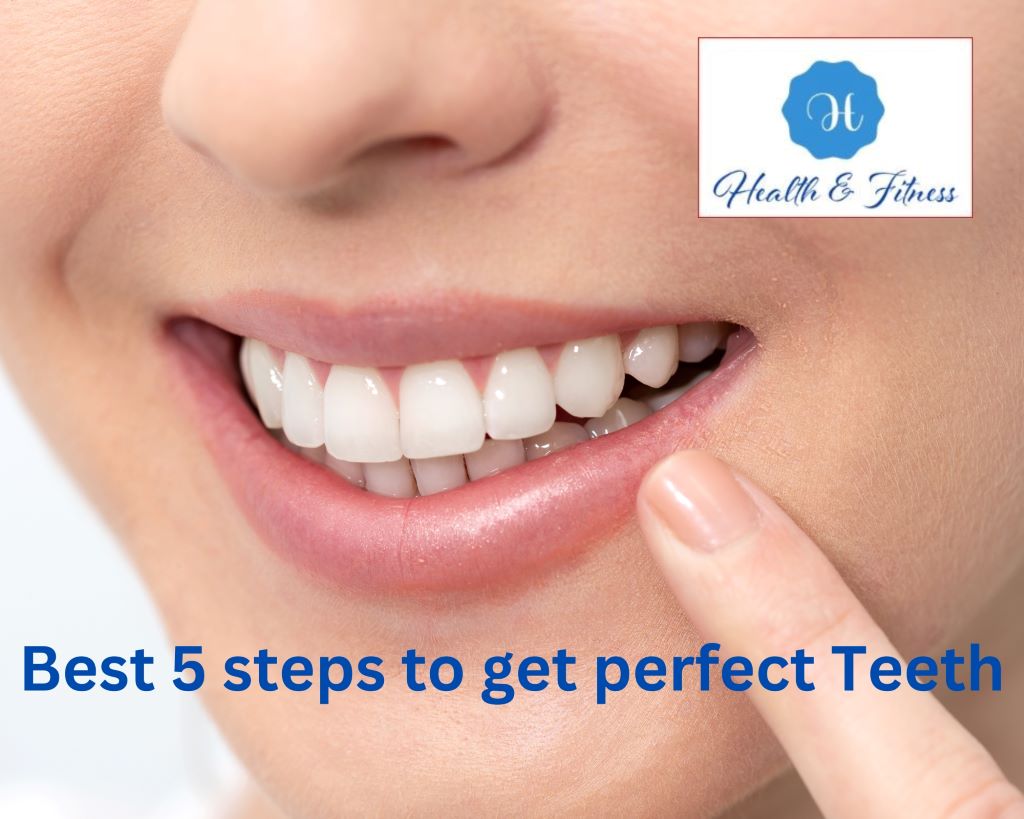Hip Dips: What You Need to Know About This Common Concern
Discover the truth about hip dips– what they are, what causes them, and whether they are considered attractive. Learn practical tips for embracing this common body feature.
Quick Summary
Hip dips are the inward curves or indentations that can appear on the sides of the hips, just below the hip bones. This is a completely normal and common body feature that many people have, regardless of their weight or body type.
What Exactly Are Hip Dips?
They are the indentations or “ditches” that can appear on the sides of the hips, between the hip bones and the upper thighs. They are also sometimes referred to as “violin hips” or the “Coke bottle shape.” This body feature is caused by the natural anatomy and structure of the hips.
The appearance of pelvic dips is influenced by the shape and positioning of the hip bones, as well as the distribution of muscle and fat around the hips. They are a structural characteristic that varies from person to person, with some individuals being more prone to having noticeable hip curves than others.
What Factors Contribute to Hip Dips?
There are a few key factors that contribute to the appearance of hip dips
- Bone Structure: The shape and positioning of the hip bones play a significant role in the prevalence of hip dips. People with wider-set hip bones are more prone to having noticeable hip indentations because of the way the bones protrude, and the surrounding soft tissue is distributed.
- Muscle and Fat Distribution: The way muscle and fat are distributed around the hips can accentuate or minimize the appearance of Hip curves Those with less muscle and fat in that area are more likely to have visible Pelvic dips, as there are fewer “padding” to smooth out the contours.
- Genetics: An individual’s genetics and body type heavily influence the presence and prominence of side dips. Some people are simply more predisposed to having this natural body feature because of their genetic makeup and overall body composition.
- Body Weight: While “ Hip indentations “ are not directly caused by body weight, fluctuations in weight can affect their visibility. Significant weight loss or gain can make side dips pronounced, depending on how it affects the distribution of muscle and fat around the hips.
Is It Normal to Have Hip Dips?
Yes, hip dips are completely normal and common. They are a natural part of the human anatomy for many people and do not indicate any health issues or problems. Hip curves are simply a structural characteristic that varies from person to person.
It’s important to understand that Hip curves are not the result of a “problem” or “flaw” in one’s body. They are simply a natural variation in how the human body is shaped and proportioned. Many people embrace their Side dips as a unique and beautiful feature of their physique.
Hip Dips Compared to Love Handles
While hip dips and love handles are both related to the hip and upper thigh area, they are distinct features:
- Hip curves are the inward curves or indentations on the sides of the hips, caused by bone structure and the distribution of fat and muscle.
- Love handles are the excess fat that accumulates on the sides of the waist, above the hips.
Hip dips are a natural anatomical feature, while love handles are often the result of excess body fat. Love handles are typically more associated with overall weight gain and can be reduced through a combination of diet and targeted exercises, while hip curves are a structural characteristic that cannot be eliminated without surgical intervention.
Ways to Reduce the Appearance of Hip Dips
While it’s not possible to eliminate hip dips, some techniques may help reduce their appearance:
- Clothing Choices: Certain styles and cuts of clothing, such as high-waisted pants or skirts, can help camouflage or minimize the look of Hip curves. Garments that create a smooth, streamlined silhouette can be particularly flattering.
- Targeted Exercises: Exercises that tone and strengthen the muscles around the hips, such as squats, lunges, and glute bridges, can help create a more sculpted and defined lower body. By building up the muscles, you can create the illusion of a smoother transition from the hips to the thighs.
- Posture and Positioning: Being mindful of your posture and the way you stand or sit can also help reduce the visibility of hip curves. Maintaining posture and avoiding slouching can help accentuate your natural curves in a flattering way.
- Shapewear: Wearing high-waisted shorts, control-top pantyhose, or other shapewear garments can help smooth and streamline the appearance of hip curves. However, it’s important to choose well-fitting and comfortable shapewear to avoid any discomfort or unwanted bulges.
It’s important to remember that while these techniques may help minimize the appearance of hip curves, they cannot eliminate this natural body feature. The goal should be to embrace and celebrate your unique shape, rather than strive for an unrealistic or unattainable “perfection.”
Exercises for Hip Dips: 9 Moves to Strengthen Your Lower Body

Incorporating targeted exercises into your fitness routine can help tone and strengthen the muscles around the hips, creating a more sculpted appearance. Here are 9 effective exercises to target the lower body and address hip dips.
- Squats: Stand with feet shoulder-width apart, send your hips back, and bend your knees to lower into a squat. Engage your glutes to stand back up.
- Lunges: Step forward with one leg, bending both knees to lower into a lunge. Repeat on the other side.
- Glute Bridges: Lie on your back with your knees bent and feet flat. Lift your hips, engaging your glutes.
- Fire Hydrants: Get on all fours and lift one leg out to the side, keeping your knee bent.
- Clamshells: Lie on your side with your knees bent. Lift the top knee while keeping your feet together.
- Leg Raises: Lie on your side and lift your top leg up, keeping it straight.
- Hip Thrusts: Sit on the floor with your back against a bench. Lift your hips, engaging your glutes.
- Curtsy Lunges: Step one leg behind the other, bending both knees to lower into a curtsy lunge.
- Deadlifts: Stand with feet hip-width apart, hinge at the hips to lower the weights down, then squeeze your glutes to stand up.
Be sure to incorporate a variety of these exercises into your workout routine, targeting different muscle groups and building overall lower body strength and definition. Consistency and proper form are key to seeing results and minimizing the appearance of hip dips.
3 Lower-Body Workouts to Tone Your Legs, Glutes, and Hips

To help strengthen and tone the muscles around the hips and lower body, try incorporating these three comprehensive workout routines into your fitness regimen:
- Glute-Focused Workout:
- Barbell Glute Bridges
- Curtsy Lunges
- Sumo Squats
- Hip Thrusts
- Leg Raises
- Leg and Hip Workout:
- Squats
- Reverse Lunges
- Clamshells
- Fire Hydrants
- Deadlifts
- Full Lower Body Routine:
- Walking Lunges
- Lateral Leg Raises
- Step-Ups
- Glute Bridges
- Romanian Deadlifts
Remember to start with lighter weights and focus on proper form to avoid injury. Gradually increase the intensity and weight as you build strength. Aim to incorporate these workouts 2-3 times per week for best results.
It’s important to note that while targeted exercises can help create a more toned and defined lower body, they cannot eliminate hip dips. This is because hip curves are primarily a structural feature influenced by bone shape and fat/muscle distribution, rather than something that can be “fixed” through exercise alone.
Frequently Asked Questions
What are hip dips caused by?
Hip dips are caused by the natural anatomy of the body, specifically the shape of the hip bones and the way the muscles and fat are distributed around the hips.
Are hip dips attractive?
Beauty is subjective, and there is no definitive answer. Hip dips have become more widely accepted and even celebrated in recent years, with many people finding them to be an attractive and unique aspect of the human form.
Are hip dips good or bad?
Hip dips are neither inherently good nor bad. They are a completely normal and common body feature that many people have, regardless of their weight or body type.
Can you get rid of hip dips?
While some techniques may help reduce the appearance of hip dips, such as targeted exercises or clothing choices, it is not possible to eliminate them Hip curves are a structural part of the body and cannot be permanently “fixed” without surgery, which is not recommended for most people.
Embracing Your Unique Shape
While techniques like clothing choices, exercises, and posture adjustments can help minimize the appearance of hip dips, it’s important to remember that this body feature is entirely normal and common. Hip curves are not a “flaw” or something that needs to be “fixed.”
In recent years, there has been a growing movement to celebrate and embrace natural body diversity, including the acceptance of Hip curves Many individuals have taken to social media to share their experiences and promote body positivity, encouraging others to love and appreciate their unique shapes and contours.
Ultimately, the goal should be to cultivate a healthy, positive relationship with your body, regardless of whether you have side dips or not. Focus on nourishing your body through balanced nutrition and regular exercise and strive to view your side dips (and any other perceived “imperfections”) as beautiful and unique aspects of your anatomy.
Remember, true beauty lies in embracing and celebrating our differences, not in conforming to narrow or unrealistic beauty standards. By practicing self-acceptance and body positivity, you can empower yourself and inspire others to do the same.
Recommended reading
How to Lose Fat from Hips: Transform Your Body with This Game-Changing Approach



